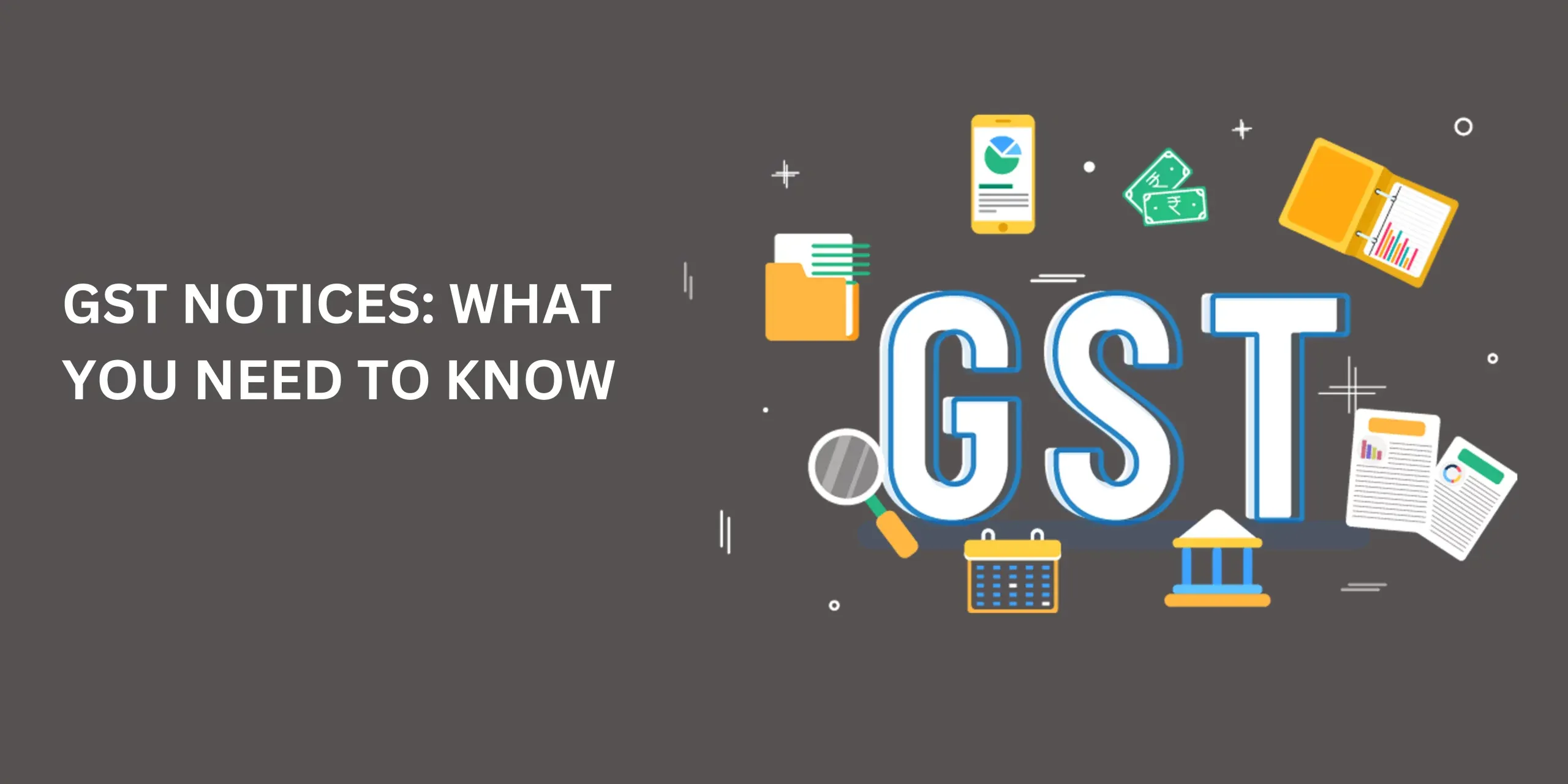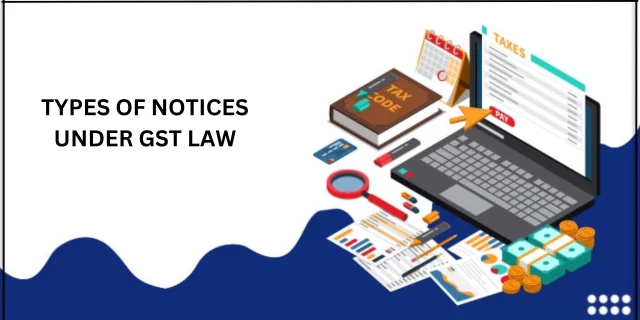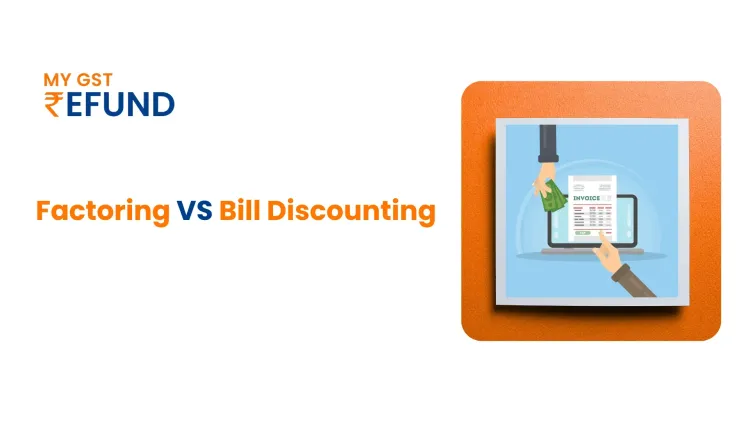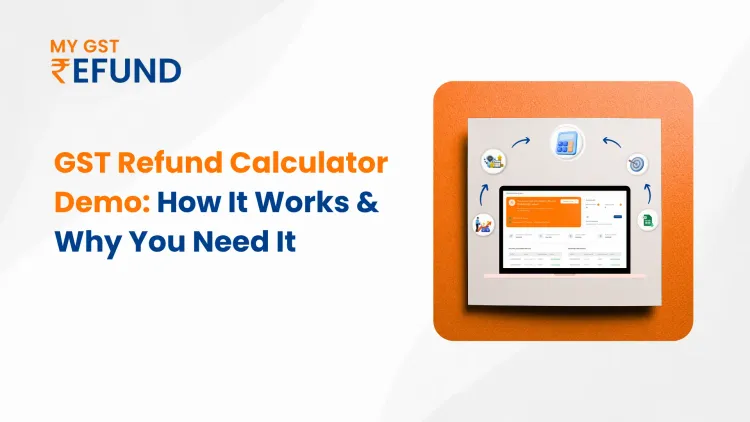GST Notices: What You Need to Know
Published on: Mon Jan 23 2023
What is Notice under GST?
Notices are communications from the GST Authorities under the GST. These are issued to taxpayers to notify or warn them of any defaults discovered, especially for failing to comply with GST requirements. Other times, notifications may be sent solely to obtain further Information from the taxpayer.
Rarely do tax authorities issue notifications when products are moved, services are rendered without being subject to tax scrutiny, or when taxpayers behave unusually. GST authorities take action depending on whatever Information they learn by checking a taxpayer’s GST Returns from another government agency or any third parties.
A notice may go by several titles, such as a show cause notice (SCN), scrutiny notice, or demand notice, depending on the circumstances of each case and the nature and severity of the taxpayer’s deficiency. The most frequent reasons for obtaining notifications under GST include mistakes made by the taxpayers, such as failing to register under GST as required by law, failing to file GST returns on time or at all, paying GST late or insufficiently, claiming too many input tax credit claims, etc.
To Read Our Detailed Blog on GST Return Click Here…
Most common reasons for GST Notices
A GST-registered taxpayer may get a GST Notice for various reasons, including non-compliance and routine tax official audits. As a consequence, not all notifications are severe.
The top 10 reasons for obtaining a GST Notice are listed below: –
- There needs to be more consistency between buy-side (inward) invoices and the GSTR 2a report from the GST portal.
- The most frequent cause is incomplete or late submission of GST returns.
- Request for revocation of a closed GST number.
- Incorrect claims for input tax credits on GST returns
- Taxes not paid
- Input tax credit refund • Inconsistency between GSTRI invoices and the Information in e-way bills
- Failing to register for GST even when sales exceed the threshold.
- (profiteering): applying higher GST rates to sales; providing inadequate or incorrect paperwork when registering for GST;
Types of Notices under GST law

Taxpayers may receive various notifications, each with a unique set of requirements for their responses and the validity of their responses.
| Name of Notice (Form) | Section of Law (CGST Act/ Rules) | Description | Action to be taken | Time limit to respond |
|---|---|---|---|---|
| REG-03 | Rule 9(2) | Clarification is required on the Information provided in the new registration application or amendment of GST registration | Reply, in form REG-04 with clarification, Information and document, if any. | Under seven working days from the date of receiving the notice |
| REG-17 | Rule 22(1) | SCN on why the GST registration not be cancelled | Reply, in form REG-18, with the reasons | Under seven working days from the date of receiving the notice |
| REG-23 | Rule 23(3) | SCN on why the cancellation of GST registration must be revoked for the reasons laid down in the notice | Reply in form REG-24 | Under seven working days from the date of receiving the notice |
| REG-27 | Rule 24(3) | For cases relating to migration into GST from the VAT regime, for not making an application after obtaining provisional registration or for not giving correct or complete details therein | Reply by applying in REG-26 and appear before the tax authority giving reasonable opportunity to be heard | not prescribed |
| GSTR-3A | Rule 68 | Default notice to non-filers of GST returns in GSTR-1 or GSTR-3B or GSTR-4 or GSTR-8 | File GST Returns along with late fees and interest, if any | fifteen days from the date of receiving the notice |
| CMP-05 | Rule 6(4) | SCN on eligibility to be a composition dealer | Necessary justification in form CMP-06 | fifteen days of receipt of the notice |
| PCT-03 | Rule 83(4) | SCN for misconduct by the GST practitioner | Necessary justification | Within the time prescribed in the SCN |
| RFD-08 | Rule 92(3) | SCN on the rejection of GST refund made | Reply in form RFD-09 | Within fifteen days of receipt of notice |
| ASMT-02 | Rule 98(2) | Additional Information for provisional assessment under GST | Reply (in form ASMT-03 along with documents | Within fifteen days of the service of the notice |
| ASMT-06 | Rule 98(5) | Additional Information for final assessment under GST | Reply (in form ASMT-03 along with documents | Within fifteen days of the service of the notice |
| ASMT10 | Rule 99(1) | Notice for intimating discrepancies in the GST return after scrutiny | Reply in form ASMT-11 giving reasons for discrepancies | Within the time prescribed in the SCN or thirty days from the date of service of notice |
| ASMT-14 | Rule 100(2) | SCN – Assessment u/s 63 (best judgement assessment) | Appearance before the concerned authority | Within fifteen days of the notice |
| ADT-01 | Rule 101(2) | Notice for conducting Audit u/s 65 | Attend in person and produce records | Within the time prescribed in the notice |
| RVN-01 | Rule 109B | Notice u/s 108 issued by the revisional authority | Reply within the prescribed time and appear before the authority | Within seven working days of the serving of the notice |
| DRC-01 | Rule 100(2) & Rule 142(1)(a) | SCN for the demand of tax (served along with DRC-02) | Reply, in form DRC-06. Payment in form DRC-03 | Within thirty days of the notice |
| DRC 10 | Rule 144(2) | Notice for Auction of Goods u/s 79(1)(b) | Pay outstanding demand as per form DRC-09 | As specified in the notice |
| DRC-11 | Rule 144(5) & Rule 147(12) | Notice to the successful bidder | Pay the bid amount | Within fifteen days from the date of auction |
| DRC-13 | Rule 145(1) | Notice to a third person u/s 79(1)(c) | Deposit the amount specified in the notice and reply in the form DRC-14 | Not Applicable |
| DRC-16 | Rule 147(1) & Rule 15 (1) | Notice for attachment and sale of immovable/movable goods/shares u/s 79 | Refrain from transferring/ creating charge on the assets | Not applicable |
Valid modes of sending GST Notices
Various communication methods are listed under Section 169(1) of the CGST Act of 2017. The following methods must be used to deliver the GST notifications to the taxpayers: –
- Via the email address supplied during GST registration
- Via the GSTN portal on the taxpayer’s dashboard after using his login information
- Delivered by courier or personally to the taxpayer
- Using the taxpayer’s last-known residence address as the basis, publishing the notice in the neighborhood’s local newspaper
- Through speed post or registered mail to the business’s registered address or most recent known address
- If none of those mentioned above methods is available, the GST notification must be posted in a visible location at his most recent known business address. As a final option, the GST notification must be posted on the notice board of the relevant GST authority if this is also unsuccessful.
Reply to GST Notices & effects of not replying.
A taxpayer is required to respond to notifications within the timeframe stated in the notice with quick action. If this isn’t done, the taxpayer risk getting into legal trouble. The authorities may pursue criminal charges in such a case or see it as a deliberate breach and impose punishment.
FAQs
- How can I reply to a GST notice?
Within fifteen days of the notice’s issuance, the applicant must submit a Form GST RFD-09 reply to the notice (sent in Form GST RFD-08).
- Which section regulates different modes of communication under GST notices?
Section 169 of the CGST act provides different modes of communication under GST notices.
- How do you handle GST notices?
On the GST website, you may send any response to the notifications about GST. A taxpayer may use his or her own electronic signature, as well as the signature of any of their authorized employees. When tax and interest payment is required, pay the obligation in the appropriate format and manner.
Are you Looking for GST Refund Service? Mygstrefund.com offers GST Refund on business, exports, and many more if your GST application is rejected. Get in touch with us today.
Related Posts





